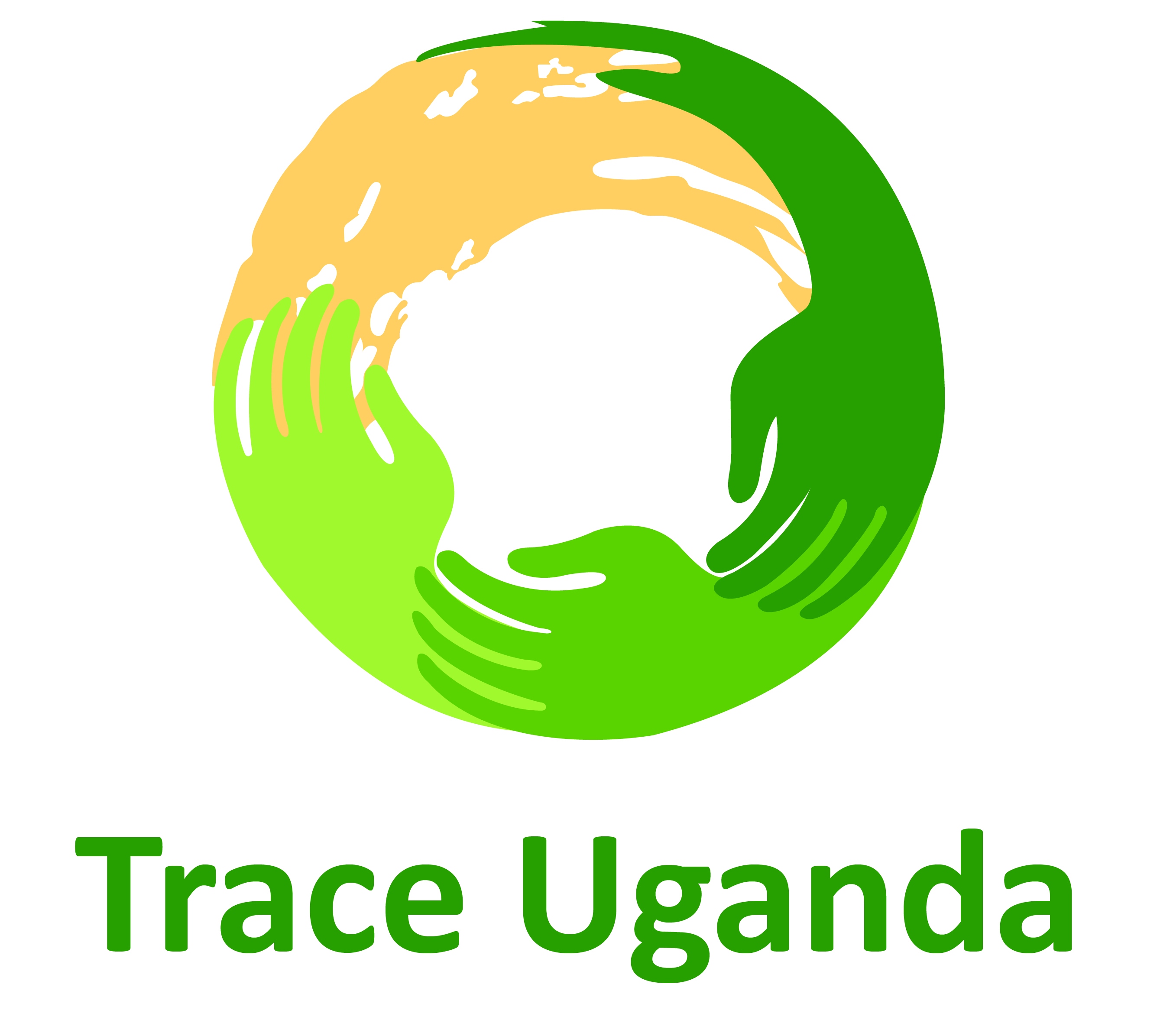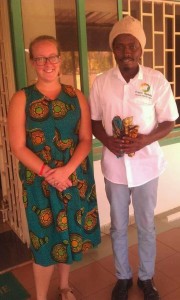THEME –Street Connected girls fighting HIV with Football
BACKGROUND
Globally, two billion people live in countries affected by conflict and violence, and 200 million people are affected by natural disasters every year. In 2016, approximately 535 million children were living in countries affected by conflict, natural disasters, epidemics and other emergencies worldwide, with nearly 50 million children on the move, more than half of them forcibly displaced. The protracted nature of current crises means that the millions of girls born into emergencies could spend their first years, if not decades, of life in an emergency setting. Gender-responsive resilience strategies and humanitarian crisis responses are immense opportunities to prevent, mitigate, and respond to the stark vulnerabilities girls face before, during, and after times of fragility, conflicts, disasters, and displacement.
Every 10 minutes, somewhere in the world, an adolescent girl dies as a result of violence. Gender-based violence often spikes in humanitarian emergencies and displacement settings, subjecting girls to sexual and physical violence, child marriage, exploitation, and trafficking. Girls are also 2.5 times more likely to be out of school than boys during the conflict, compromising their future prospects for work and financial independence as adults. Health services critical to girls’ wellbeing, including sexual and reproductive health services and information, maternal care, and provisions for menstrual health and hygiene, are often scarce or insufficient in crisis situations
HIV AIDS among teenagers (10-14)
There is scanty information about the HIV situation among young people aged 10 to 14. None of the fewer adolescents survey conducted indicates that the HIV prevalence rates among this age group in 2013 in 2013 were 1.9 percent for males and 2.3 percent for females (MoH, 2015b).
HIV prevalence among young people (15-24)
The HIV prevalence among young people aged 15-24 are reported at 3.7% (MoH, 2012), translating into an estimated 214, 886 young living with HIV as per population estimates in 2014 (UBOS 2014a). The overall prevalence among this group increased from 2.9% in 2004/5 to 3.7% in 2011.
Why Slum girls football; JUSTIFICATION
It’s more than just a program. At Trace Uganda we observed that all of the girls who become homeless like their male counterparts who live on the streets, lag in the slums where they can get cheap rent, food, and that is where they get sexually, economically exploited and also face a number of risks like HIV/STDs, Child marriage, teenage pregnancy abortion among others. We need to bring together multi-sectoral partners and stakeholders to advocate for and draw attention to street girls. There is a need to sensitize, train girls on reproductive health, Drug and Alcohol awareness, opportunities of girls in emergencies, among them: giving girls a voice so that they are informing all aspects of emergency response and services put in place; access to menstrual hygiene, reusable sanitary pads making and other commodities, and related gender-responsive health and nutrition information and services addressing gender-based violence and harmful practices through a range of prevention, protection and response approach; and access to girls’ education and skill-building in BTVET.
Project Objectives
- Using football to mobilize street connected girls for training on HIV/AIDS.
- Rescuing street connected girls for school and vocational skills through football
- Reintegrating street connected girls back into their families
- Training street connected girls in HIV/AIDS, STDs, reproductive health, life skills, reusable menstruation pads making and menstruation hygiene.
- Resourcing talented girls with talent in performing arts and sports.
Project Goal
- To train 500 street connected girl children and vulnerable slum girls how to prevent HIV/AIDS and other STDs, availing them with skills that can help them have self-sustainability by 2019 to 2021
Campaign Activities
- Slum HIV workshops/Puppet making, Role Plays
- Voluntary Counselling and Testing
- Condom distribution
- Life skills training
- Slum Girls Football
- Reusable menstrual pads making
- Crafts making
- Performing arts
- Candle making
- Liquid and solid soap making
- Tailoring
Expected Results
- More than 400 will have changed their sexual behaviors by the end of the first year
- More than 300 girls will have hands-on vocational skills for future self-sustainability.
- More than 500 girls will be tested, and those found positive will be referred to other hospitals.
- More than 200 girls will have skills on how to make RUMPS which can be a source of income as well as a ‘tool’ for menstrual hygiene.
- Sexual abuse and exploitation among girls will be minimized because the girls will no longer be idle on the streets.
- More than 200 girls will have the knowledge to prevent HIV/AIDS, STD, Drugs and Alcohol
- Adolescent girls app: This app will be made especially for the adolescent girls and will
Innovation
Football based programs shall employ competitive, participatory, team-based and communicative aspects of the game to facilitate both knowledge, acquisition, and development of communications and life skills (such as resilience, self-esteem, self-efficacy, risk awareness, good decision making, resistance, to peer pressure. Football will help us bring girls to other as well as a FaceBook group, Watsaap Group, Twitter handle and an HIV/AIDS, SRH App that will give girls all the info they need about testing, counseling, menstrual hygiene, and free service centers.

